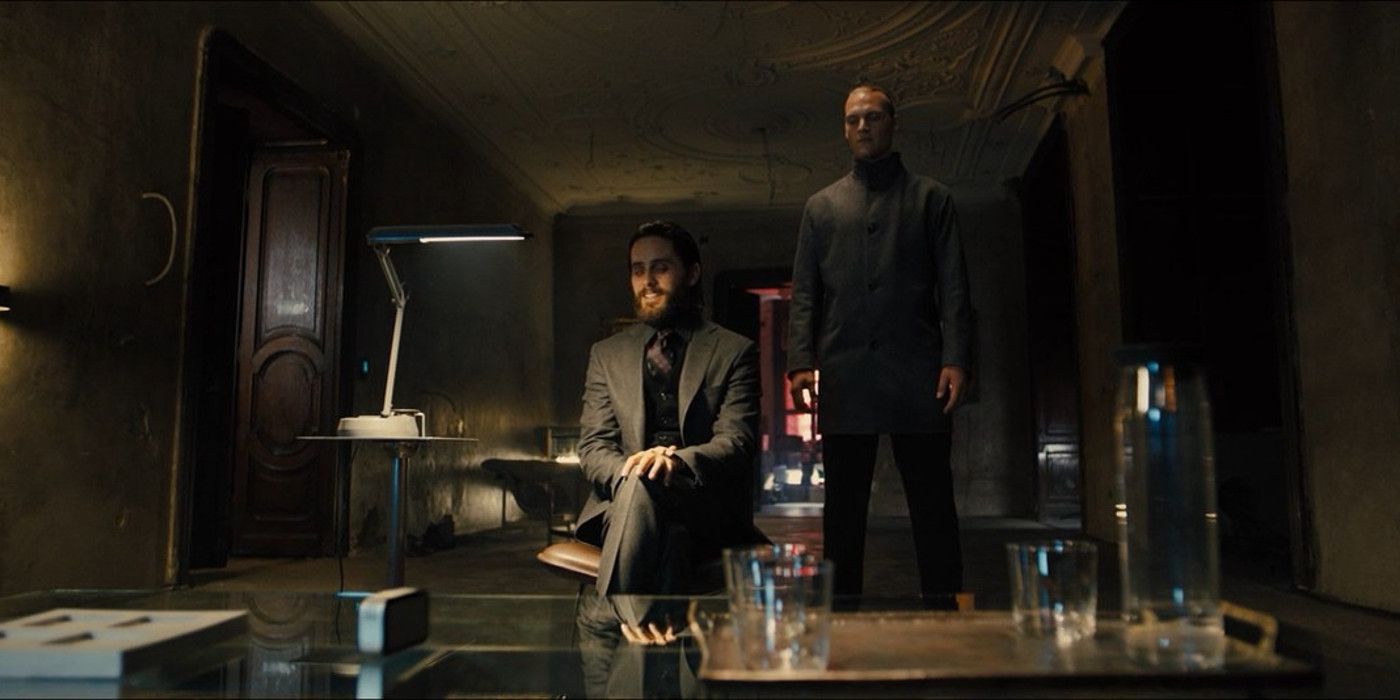
Warning! SPOILERS for Blade Runner: Black Lotus episodes 1 & 2
The first two episodes of Blade Runner: Black Lotus seem to have retconned the backstory of Niander Wallace, Jr., the tech magnate played by Jared Leto in Blade Runner 2049, while changing the history of replicant slaves on Earth. It had previously been suggested in some of the prequel material setting up Blade Runner 2049 that replicants were completely illegal until Niander Wallace, Jr. convinced a group of politicians to legalize his Nexus-9 generation of replicants in 2036. This is contradicted by Blade Runner: Black Lotus, which seems to suggest that replicants were being sold as a luxury good in 2032.
In the original Blade Runner, which was set in the no longer futuristic year of 2019, the genetically engineered humans known as replicants were illegal on Earth, yet they were still sold to companies and military organizations to aid in the colonization of deep space. This changed in 2022, following a terrorist attack that became known as the Blackout, which destroyed all the electronics in Los Angeles. As a result, replicants and their manufacture became completely illegal, on Earth and in the off-world colonies, beginning an era of Prohibition which continued until 2036. The Prohibition on replicants ended after Niander Wallace, Jr. introduced the Nexus-9 replicant, which was bred to be completely subservient to humans and unable to rebel.
This piece of the official Blade Runner timeline, which was laid out in the Blade Runner 2049 short film prequel 2036: Nexus Dawn, is contradicted by the first episode of Blade Runner: Black Lotus. At one point, a young woman named Elle overhears an advertisement projected from a passing blimp, which mentions that qualified applicants willing to move to the off-world colonies will be given a completely loyal custom-made replicant, one capable of seeing to whatever work their new owner wishes. While the sales pitch sounds like a description of the Wallace Corporation's Nexus-9 replicants, Blade Runner: Black Lotus is set in 2032, four years before Niander Wallace, Jr's revolutionary development.

To further confuse the timeline around Blade Runner: Black Lotus, the second episode establishes that, in 2032, Niander Wallace, Sr. is still in charge of the Wallace Corporation and that he views his heir apparent as a disappointing dreamer. This seems to contradict the Road to 2049 timeline on the AR website for Blade Runner 2049, which said that Niander Wallace, Jr. first found fame in 2025 after he single-handedly pioneered advancements in genetically modified food and synthetic farming before freely sharing his patents. This action was said to have saved millions from famine on Earth and led to the Wallace Corporation becoming more powerful under the leadership of Niander Wallace, Jr.
The easiest explanation is that the material in the Road to 2049 timeline is no longer canon and that Blade Runner: Black Lotus will detail how Jared Leto's character from Blade Runner 2049 truly came to take over his father's business. The question of how replicants, reportedly illegal in 2032, could be advertised on Earth legally could be explained by the clarification that while replicants were still illegal on Earth, they had been relegalized in the off-world colonies at some point between 2022 and 2032. Unfortunately, there is no easy explanation for how completely loyal replicant slaves could be promised before the release of the Nexus-9 model in 2036, apart from the fact that advertising copy for new technology is rarely accurate, even in the future.
from ScreenRant - Feed https://ift.tt/3nmSxgB


0 Comments